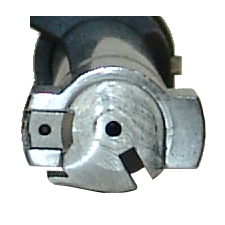These questions are for those with experience with the ARC nucleus action. I understand it is new so there likely won’t be very many answers and I’m ok with that.
1. If you have experience with a mausingfield, how does this action compare. I’m not interested in hard facts like bolt throw and lug number, integrated lug vs not, I can read those in the specs of the action. Loading, cycling, feeding both, what are your thoughts about a direct comparison between these two actions as it pertains to reliability and functionality of the actions? Any thoughts on which one is more comfortable to shoot (yes I know bolt throw has a lot to do with that so it’s apples/ oranges/preference but I’m still interested in your thoughts). Are they largely equivalent or does one clearly stand out as superior?
2. This segues into my second question. How well is your nucleus consistently controlled round feeding and what mags and bottom metals are you using. I’d like to see if there is a consistent combination that is successful or a consistent combination that fails to CRF. My reading about mausingfields indicates they have no difficulty CRF but I’ve been seeing a lot in the nucleus threads about push feeding.
I’m beginning a build and want to use an ARC receiver. I have other components picked out and I’m looking at inherent reliability/functionality of the receiver component before making my decision between the two. unfortunately can’t find either action to sample where I live (eastern NC).
1. If you have experience with a mausingfield, how does this action compare. I’m not interested in hard facts like bolt throw and lug number, integrated lug vs not, I can read those in the specs of the action. Loading, cycling, feeding both, what are your thoughts about a direct comparison between these two actions as it pertains to reliability and functionality of the actions? Any thoughts on which one is more comfortable to shoot (yes I know bolt throw has a lot to do with that so it’s apples/ oranges/preference but I’m still interested in your thoughts). Are they largely equivalent or does one clearly stand out as superior?
2. This segues into my second question. How well is your nucleus consistently controlled round feeding and what mags and bottom metals are you using. I’d like to see if there is a consistent combination that is successful or a consistent combination that fails to CRF. My reading about mausingfields indicates they have no difficulty CRF but I’ve been seeing a lot in the nucleus threads about push feeding.
I’m beginning a build and want to use an ARC receiver. I have other components picked out and I’m looking at inherent reliability/functionality of the receiver component before making my decision between the two. unfortunately can’t find either action to sample where I live (eastern NC).



